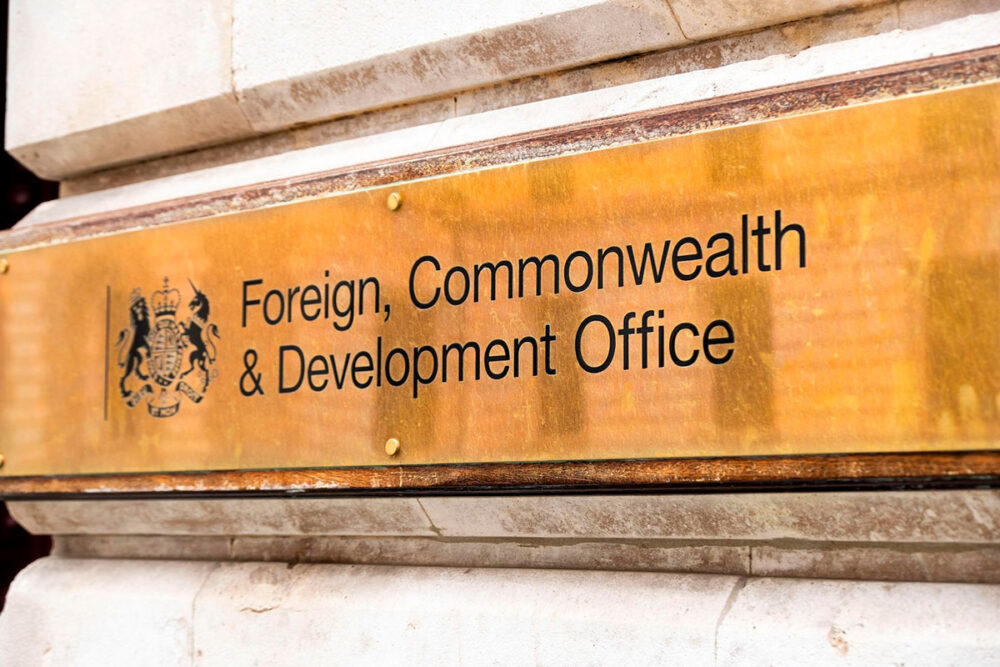The Department of Health has made a serious attempt to tackle health inequalities across England. But, having set a target in 2000 to reduce health inequalities, it was slow to take action and health inequalities were not a top priority for the NHS until 2006.
Jump to downloadsThe Department of Health has made a serious attempt to tackle health inequalities across England. But, according to a National Audit Office report published today, having set a target in 2000 to reduce health inequalities, it took time to embed the issue in the policy and planning framework of the NHS and to develop an evidence base of the most cost-effective interventions.
Given the slowness in applying cost-effective interventions on the scale required in the early and mid-2000s, the NAO was unable to conclude that the Department’s approach provided value for money up to this time. More recently the improved take-up of these interventions is likely to have improved value for money.
The NAO report found that, although life expectancy overall has increased, the gap in life expectancy between the national average and the Government’s dedicated “spearhead” areas has continued to widen. The Department will not meet its target to reduce the health inequalities gap by 10 per cent by 2010, as measured by life expectancy at birth, if current trends continue.
The Department’s strategy, published in 2003, lacked effective mechanisms to achieve the target because the evidence base was still being developed. It was not until 2006-07 that the strategy was matched by focused action to tackle health inequalities, leaving little time for these actions to have an impact before the 2010 target date.
Three key, cost-effective interventions to reduce the gap in life expectancy were identified by the Department’s 2007 Health Inequalities Intervention Tool: increase the prescribing, first, of drugs to control blood pressure and, secondly, of drugs to reduce cholesterol, by 40 per cent; and double the capacity of smoking cessation services. But these interventions have not yet been used on the scale required to close the gap and progress in improving the take-up of these interventions is not monitored.
Primary care trusts are required to address health inequalities from within their general budgets and, therefore, it is not possible to identify how much money has been spent. PCTs in spearhead areas had £230 more per head to spend than the PCTs in non-spearheads, but there is evidence that some of the extra money is absorbed by higher hospital costs in deprived areas.
"The Department of Health has made a concerted effort to tackle a very difficult and long-standing problem. However, it was slow to take action and health inequalities were not a top priority for the NHS until 2006. We recognize that this is a very complicated issue and that it took time to develop an evidence base. However, the best, cost-effective interventions have been identified and now must be employed on a larger scale in order to have a greater impact and improve value for money.
"The Department should target its efforts on the most deprived areas of the country and develop costed proposals to maintain or increase investment in preventative interventions to tackle the conditions which lead to health inequalities."
Amyas Morse, head of the National Audit Office
Downloads
- 1011186es.pdf (.pdf — 214 KB)
- 1011186.pdf (.image/gif — 34 KB)
- 1011186_Methodology.pdf (.pdf — 87 KB)
- 1011186_Survey.pdf (.pdf — 796 KB)
- 1011186_lambeth.pdf (.pdf — 151 KB)
- 1011186_notts.pdf (.pdf — 186 KB)
Publication details
- ISBN: 9780102965322 [Buy a hard copy of this report]
- HC: 186, 2010-2011


